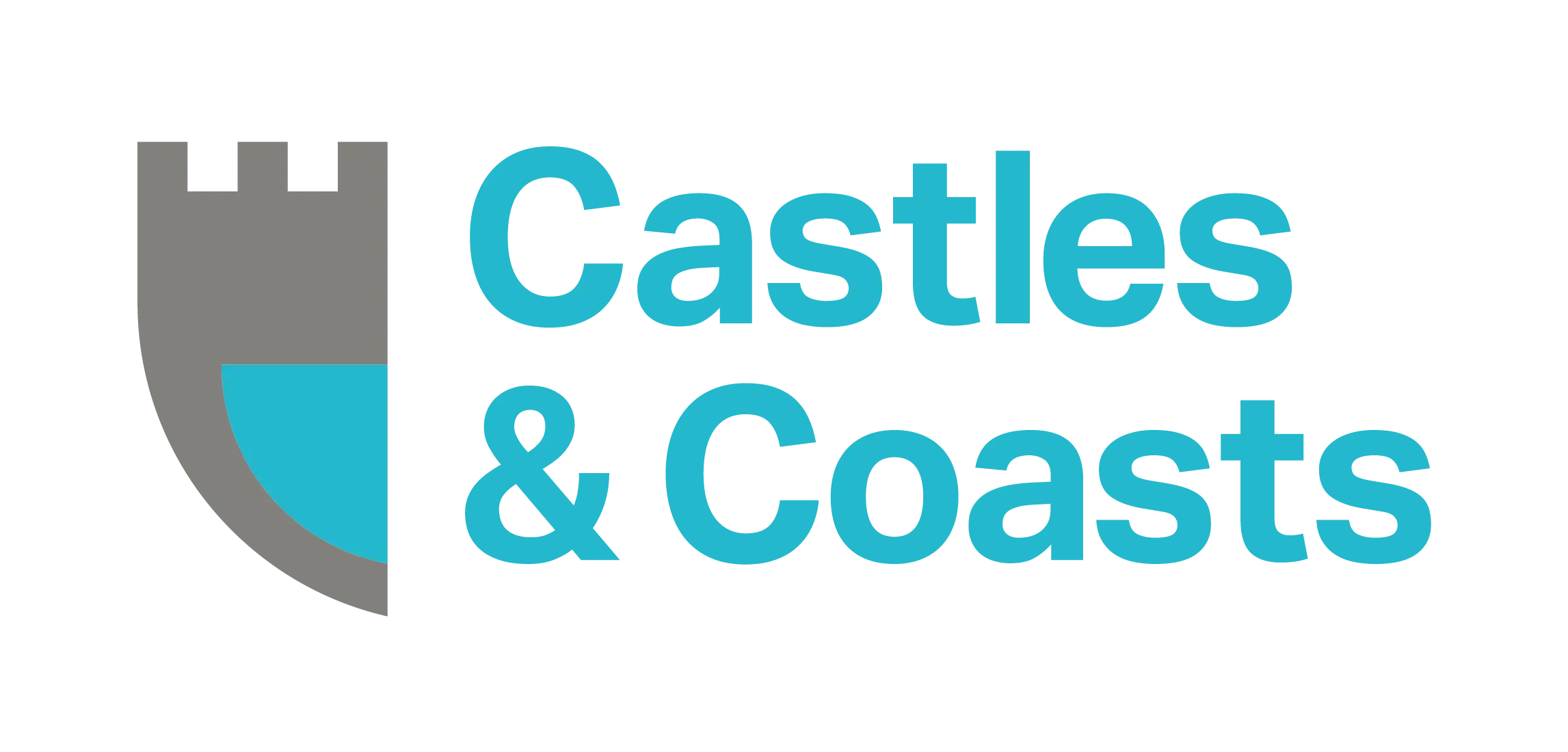For reasons of sensitivity, we will refrain from referring to this provider by name or with any identifying details.
The Project
This case study explores the challenges a small, London based social housing provider faced in meeting the key requirements arising from the Building Safety Act 2022 (the Act), with particular focus on their building safety cases. Following the completion of a Building Safety Gap Analysis prior to this project, Pennington Choices were able to provide Building Safety Implementation Support over a period of five months for their buildings which fall within scope of Part 4 of the Act (buildings which have at least seven storeys, or are at least 18 metres in height with at least two residential units). The provider has under 1000 properties in stock, and needed support in implementing these requirements to a high and accurate standard.
The Grenfell Tower tragedy has undoubtedly had a lasting effect on the social housing sector, bringing about increased scrutiny and calls for reform, and highlighting the importance of ensuring regulations are adhered to so that people remain safe. Building and fire safety is a wider issue within the UK that housing providers must address through accountability and rigorous regimes, a responsibility which this specific provider needed additional support with.
The provider faced challenges meeting certain elements of the Act within the designated timeframe that the legislation sets out due to limited resources; they did not have the resources internally to develop their safety cases alone. Therefore, they required Pennington Choices to help through using our abundance of expert knowledge of the latest requirements to provide the most comprehensive and up-to-date solutions. This case study explains the strategies that were employed to meet this need as well as the successful results which have been achieved.
The Challenge
Housing providers are finding that Principal Accountable Person duties, as prescribed by the Act, are challenging to implement. There are many different obligations to consider, such as developing safety cases and reports, establishing residents’ engagement strategies and creating a mandatory occurrence reporting system. Providers also need to ensure their organisation works collaboratively and involves staff across different teams to contribute to new processes and help gather required information.
The provider was faced with addressing the need to meet all standards and requirements set out in the Act whilst evidencing that they were taking action to identify, manage, and mitigate fire and structural risks within their safety cases and safety case reports. This process can be complex and time-consuming, and the provider was aware that significant technical resources were required to implement all of the necessary safety measures in a timely manner. They were proactive in recognising their gap in resources and the need for pulling together a plan that prepared them for the Act in time for 1st April 2023. The provider used this gap as an opportunity to advance their processes and ensure they are operating as a well-oiled machine with the help of Pennington Choices.
The Solution
The provider is defined as a Principal Accountable Person under the Act and has specified duties for its in-scope buildings. They were assisted in implementing the below items to meet some of these duties:
- Developed a framework for their building safety cases.
- Helped them to draft a safety case report for each building.
- Developed their mandatory occurrence reporting system.
- Developed their approach for monitoring and inspecting buildings.
Our methodology included:
- Developing bespoke key lines of enquiry to understand their existing approach.
- Reviewing documents and data, such as fire risk assessments and other relevant surveys.
- Assessing their operational delivery processes, reporting and other management arrangements.
- Delivering information gathering sessions, facilitated workshops and regular project meetings with the team members responsible for managing buildings and resident safety.
- Capturing any gaps in their approach in an action plan.
- Delivering a presentation to summarise the project outcomes and handover the final documents.
The Results
Pennington Choices helped the social housing provider navigate their challenges by using a practical and methodical approach that was still tailored to the specific needs of this organisation. Where gaps were identified in their approach, we provided workable recommendations, which if implemented would help them provide assurance around meeting these Principal Accountable Person duties. Notably, their safety cases and safety case reports were effectively drafted to adhere to the specific criteria of the Act, through help with data collection and risk management. Throughout the duration of the whole project, the provider received utmost clarity, and the action plan they were provided with clearly outlined what they need to do moving forward to meet their compliance obligations.
We were selected to undertake this project because of our acclaimed reputation as trusted experts, and our ability to work flexibly and collaboratively to deliver cost and time-effective solutions. Our bespoke building safety consultancy service was the solution for this provider to help them achieve their goals. Looking to achieve your goals too?
In the meantime, we have a range of free resources available to assist you when compiling your own safety cases.
For an in-depth rundown of where you need to start with your building safety case reports, alongside what you need to include in them, read our dedicated safety case blog here.
For detailed insight into how an organisation who are already well-prepared for the Act have approached their duties, alongside what the have learnt, and what their key challenges and significant issues have been, watch the ‘Building Safety: Are you ready for 1st April?’ webinar on-demand here.






